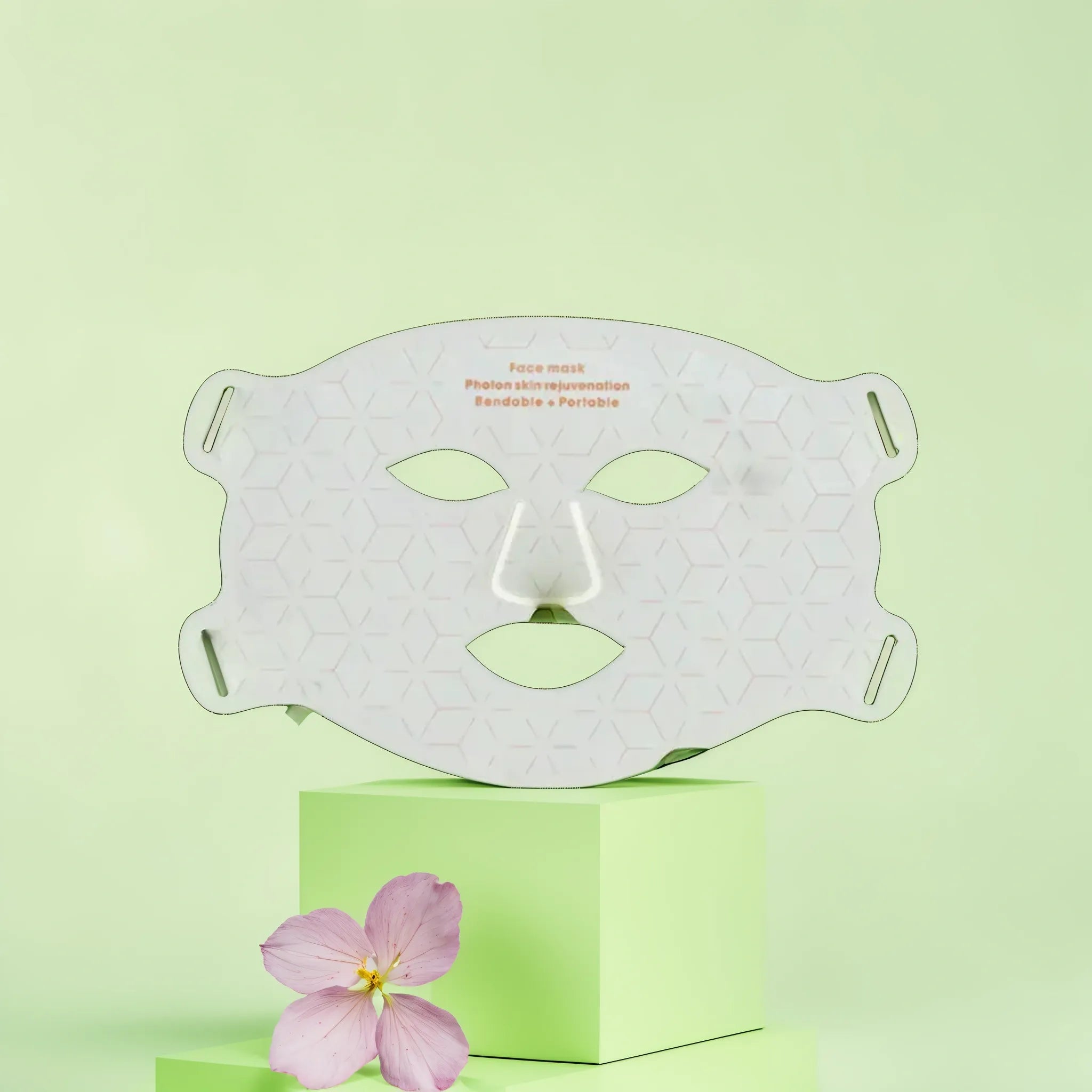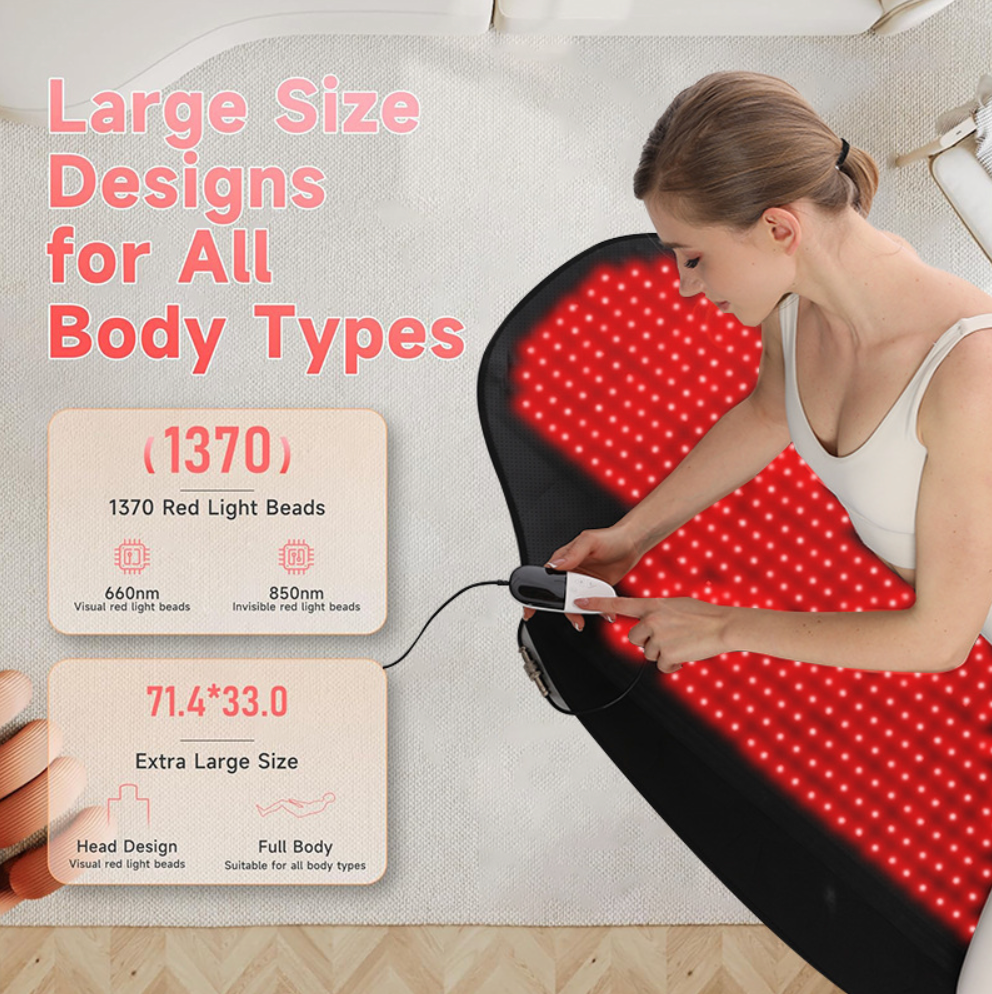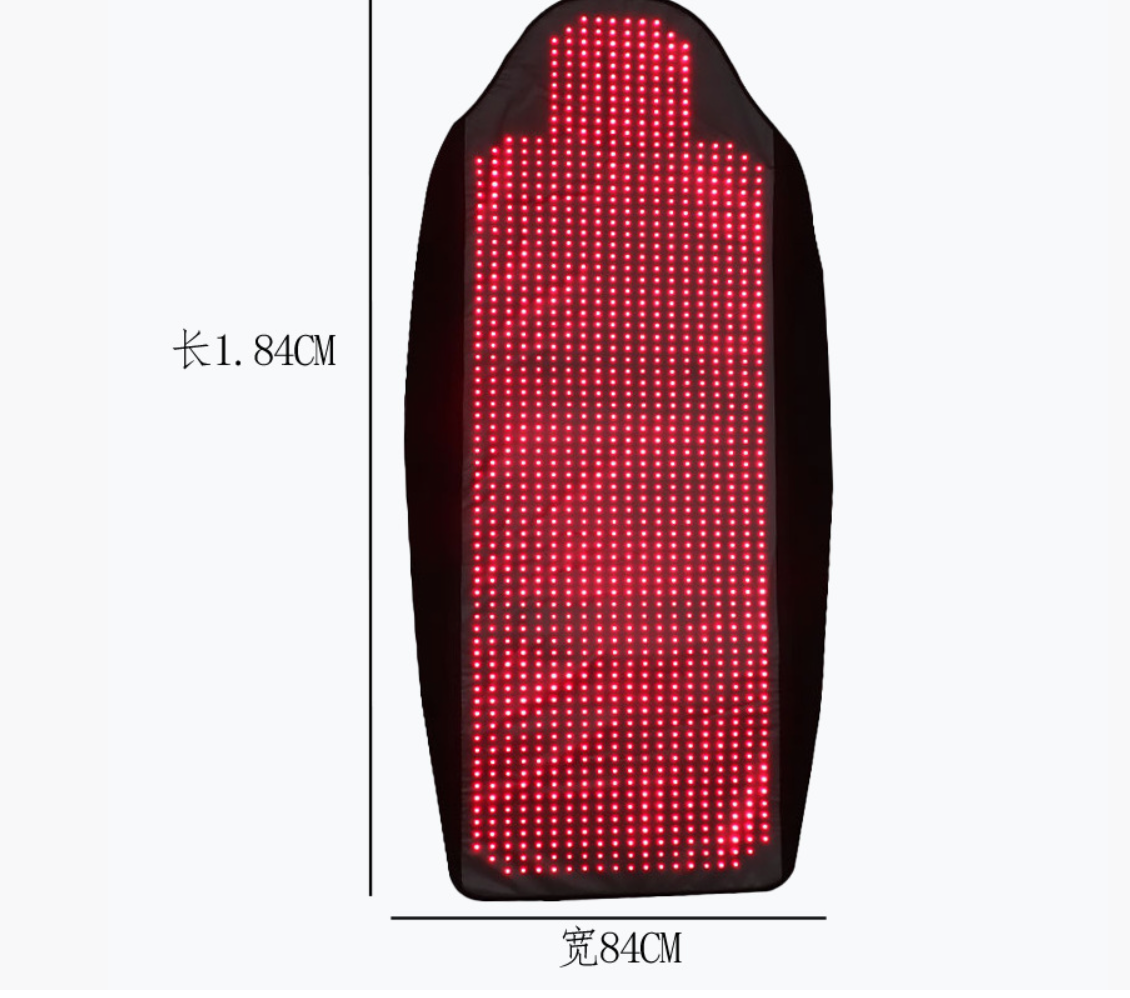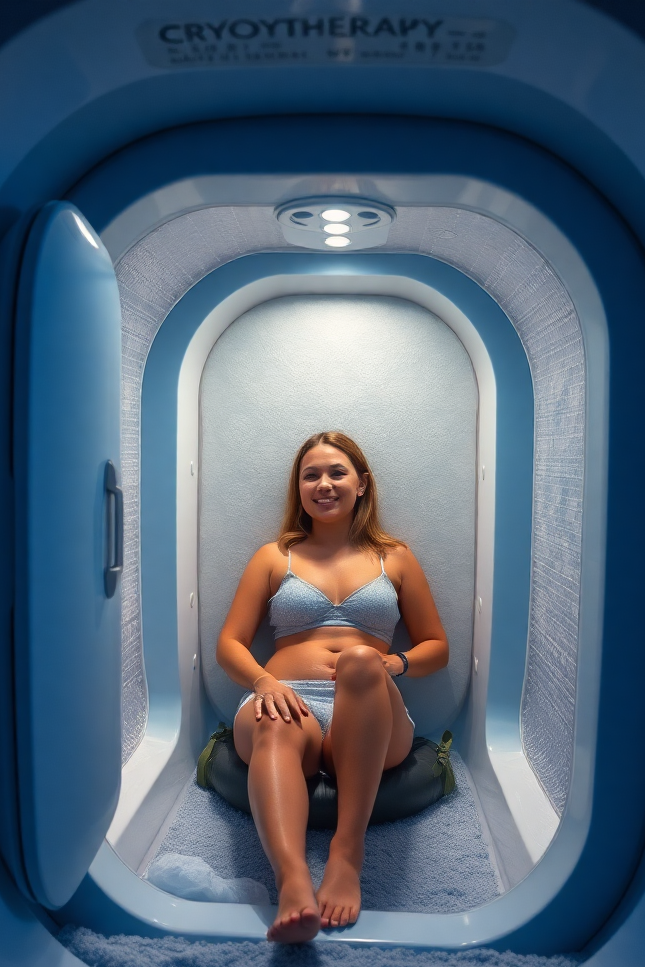Ice machine therapy has become a popular choice for those seeking effective pain relief and faster recovery after surgery or injury. Cold therapy, delivered through a cold therapy machine, provides a controlled and consistent way to reduce swelling, alleviate pain, and support the recovery process. However, while these machines are designed to provide significant benefits, they aren’t suitable for everyone. Understanding who should avoid using a cold therapy system is crucial to ensure safety and prevent complications. In this article, we’ll explore the groups of people who should steer clear of ice machine therapy and why.
What Is Ice Therapy and How Does It Work?
Cold therapy, often referred to as cryotherapy, involves applying cold temperatures to an injured or post-operative area to help reduce swelling and pain. A cold therapy machine, sometimes called a knee ice machine or cold therapy unit, circulates ice-cold water through a therapy pad to deliver continuous cold therapy. Unlike a traditional ice pack, these machines provide adjustable cold and active compression, offering a more effective recovery tool for conditions like knee replacement, orthopedic injury, or surgery recovery.
The benefits of cold therapy include reduced muscle soreness, decreased blood flow to the area to minimize swelling, and relief from pain. Machines are designed to provide cold and compression, making them a favorite among physical therapists and athletic trainers. However, despite its advantages, not everyone can safely use cold therapy and compression.
People with Certain Medical Conditions
Individuals with specific health conditions should avoid using a portable cold therapy machine without consulting a healthcare professional. For example, those with circulatory issues, such as peripheral artery disease or Raynaud’s disease, may experience complications from therapeutic cold. Cold therapy helps restrict blood flow to reduce swelling, but for someone with already compromised circulation, this could worsen symptoms or lead to tissue damage.
Similarly, people with diabetes or neuropathy may not be ideal candidates for ice therapy. These conditions can reduce sensation, making it difficult to detect discomfort or ice burns from prolonged exposure to cold packs. Using a cold therapy system in such cases could result in unintended injury, delaying the recovery journey.
Those with Cold Sensitivities or Allergies
Some individuals have heightened sensitivity to cold, experiencing discomfort or adverse reactions when exposed to ice and water. Conditions like cold urticaria (hives triggered by cold) or cryoglobulinemia (a condition where proteins in the blood thicken in cold temperatures) make ice therapy risky. For these people, even short therapy sessions could lead to severe skin reactions or other complications.
If you’ve ever noticed unusual redness, itching, or pain when using an ice pack, it’s wise to avoid machines for pain relief that rely on cold compression therapy. Instead, explore alternatives like heat therapy or consult a healthcare professional to find a safe approach to manage pain.
Children and the Elderly
Cold therapy machines are designed for controlled application, but special care is needed for certain age groups. Young children may not be able to communicate discomfort effectively, increasing the risk of skin damage or ice burns from a cold therapy unit. Similarly, elderly individuals with thinner skin or reduced sensation may be more vulnerable to complications from therapeutic units and wraps.
For these groups, using a polar care cube or similar device should only be done under close supervision and with guidance from a healthcare professional. Alternatives like gentle compression therapy or hot and cold therapy tailored to their needs may be safer options.
People Recovering from Specific Surgeries
While cold therapy is often recommended for post-surgery recovery, it’s not universally safe. Certain procedures, such as those involving delicate nerve repairs or skin grafts, may require avoiding cold exposure to protect healing tissues. Applying a pad for pain relief in these cases could disrupt the recovery process or cause harm.
If you’re recovering from surgery, always check with your doctor before incorporating a cold therapy machine into your routine. They can confirm whether cold compression is appropriate for your specific surgery or injury.
When to Seek Professional Advice
The journey to recovery after an injury or surgery can be challenging, and machines that provide effective cold therapy sessions can make a big difference. However, safety comes first. If you’re unsure whether a cold therapy system is right for you, consult a healthcare professional. They can assess your condition, medical history, and recovery goals to determine if cold therapy will help reduce swelling and pain effectively or if another approach, like hot and cold therapy, is better suited.
Customer reviews often highlight how therapy machines are designed to provide relief, but they also underscore the importance of proper use. Misusing a machine system, even one offering game-ready cold compression, can lead to complications like frostbite or delayed healing. Following medical advice ensures you focus on your recovery without setbacks.
Alternatives to Ice Machine Therapy
If cold therapy isn’t suitable, there are other ways to manage pain and support injury recovery. Heat and cold combinations, gentle stretching, or even medications prescribed by a doctor can offer relief from pain. For some, compression wraps without cold may provide similar benefits to reduce swelling without the risks of ice-cold therapy.
Exploring top cold therapy units is tempting, but safety and suitability matter more than popularity. Whether you’re dealing with post-operative recovery or an athletic injury, there’s a solution out there to support your rehabilitation without compromising your health.
Final Thoughts
Ice machine therapy, with its ability to deliver cold therapy and compression, is a powerful tool for many. It helps reduce muscle soreness, supports post-surgery recovery, and provides effective pain relief for countless users. However, it’s not a one-size-fits-all solution. People with circulatory issues, cold sensitivities, certain surgical histories, or specific age-related vulnerabilities should approach cold therapy with caution or avoid it altogether.
By understanding who should not use a cold therapy machine, you can make informed choices about your recovery process. Always prioritize safety, seek professional guidance, and explore alternatives when needed to ensure your path to recovery is both effective and secure.
The new device is already available in our online store. An electric mask for removing wrinkles from the face is your reliable assistant in the fight for youth and beauty of the skin. Turn self-care into a pleasure and enjoy visible results after the first procedures!












Leave a comment
This site is protected by hCaptcha and the hCaptcha Privacy Policy and Terms of Service apply.